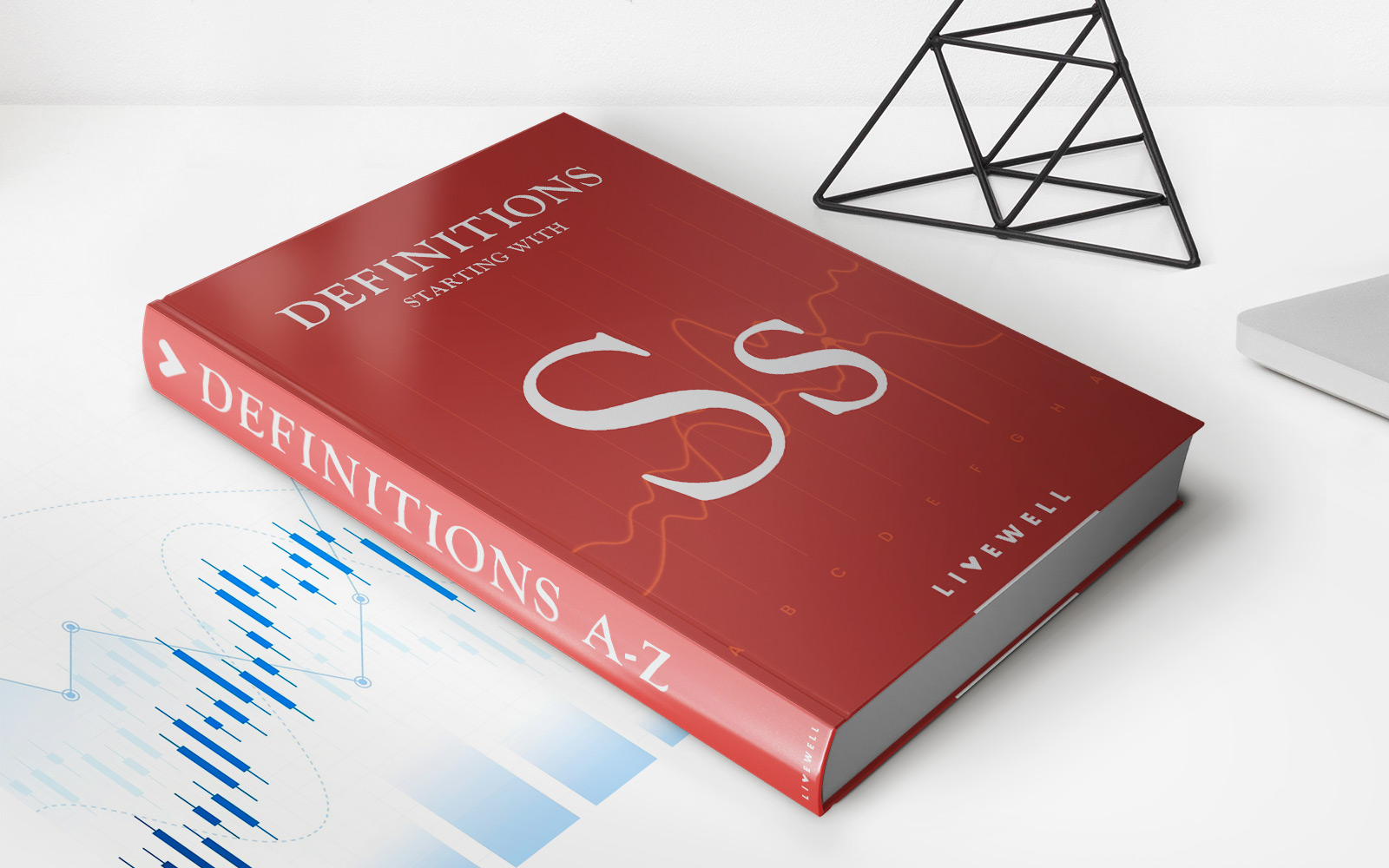Home>Finance>Swap Spread: Definition, Use As An Indicator, And Example


Finance
Swap Spread: Definition, Use As An Indicator, And Example
Published: February 4, 2024
Learn the definition and use of swap spread in finance, and discover how it can be used as an indicator, along with an example to illustrate its application.
(Many of the links in this article redirect to a specific reviewed product. Your purchase of these products through affiliate links helps to generate commission for LiveWell, at no extra cost. Learn more)
Understanding Swap Spreads: Definition, Use as an Indicator, and Example
Swap spreads are a key indicator in the financial world, used to assess market sentiment and gauge risk. Whether you’re an investor, trader, or simply interested in the financial markets, understanding swap spreads can provide valuable insights into market dynamics. In this article, we will explore the definition of swap spreads, how they are used as an indicator, and provide an example to illustrate their practical application.
Key Takeaways:
- Swap spreads represent the difference between the yield on a swap and the yield on a comparable government bond.
- Swap spreads are used as an indicator of market risk and sentiment, with wider spreads indicating increased risk and potential economic uncertainty.
Definition
In simple terms, a swap spread is the difference between the interest rate on a swap and the yield on a comparable government bond. When you enter into a swap agreement, you are essentially exchanging the interest payments on a fixed-rate instrument (such as a bond) for those on a floating-rate instrument (such as a variable interest rate loan).
The swap spread is calculated by subtracting the yield on a government bond from the yield on the swap. If the swap spread is positive, it indicates that the yield on the swap is higher than that of the government bond. Conversely, if the swap spread is negative, it means that the yield on the swap is lower than that of the government bond.
Use as an Indicator
Swap spreads are commonly used as an indicator of market sentiment and risk appetite. They can provide insights into investor confidence and the perceived creditworthiness of borrowers. Here’s how swap spreads act as an indicator:
- Measure of Risk: Widening swap spreads typically indicate increased market risk and potential economic uncertainty. This is because higher swap spreads reflect higher credit risk and the expectation of higher default rates.
- Market Sentiment: Swap spreads also provide insights into market sentiment and expectations. Narrowing swap spreads may indicate improved market conditions and a positive economic outlook, as investors are willing to accept lower premiums for taking on fixed-rate risk.
By monitoring swap spreads over time, traders and investors can identify trends, assess market risk, and make informed decisions.
Example
Let’s take a look at a hypothetical example to better understand swap spreads:
Suppose the yield on a 5-year government bond is 2.5%, while the yield on a 5-year swap is 3%. In this case, the swap spread would be 0.5% (3% – 2.5%).
If the swap spread widens to 1%, it suggests that investors perceive higher credit risk, possibly due to concerns about the borrower’s ability to meet its obligations. Conversely, if the swap spread narrows to 0.25%, it indicates improved market conditions and increased confidence in the borrower’s creditworthiness.
Traders and investors keep a close eye on swap spreads, as they can provide valuable insights into market dynamics, risk sentiment, and potential investment opportunities.
So there you have it! Swap spreads, as calculated by the difference between the yield on a swap and a comparable government bond, serve as a critical indicator in the financial world. By observing swap spreads, one can gain valuable insights into market risk, investor sentiment, and potential investment opportunities. Stay informed and make educated decisions by keeping a close eye on swap spreads!














